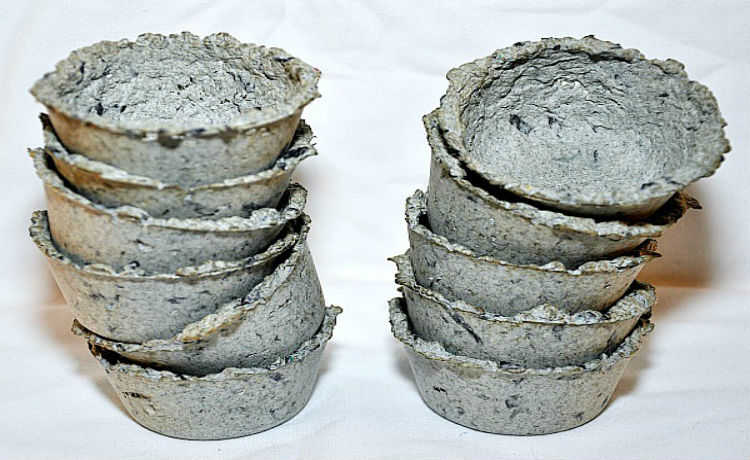Herpes: what is it and most common types
the virus family Herpesviridae is responsible for several diseases among humans, such as cold sores, genital herpes and herpes zoster

Kyle Glenn image on Unsplash
Herpes is the general name given to viruses in the family. Herpesviridae, of which five limbs are quite common in humans, each with distinct effects on the human body. O Herpes Simplex 1 (or HSV-1) is responsible for causing cold sores, while the Herpes Simplex 2 (HSV-2) causes genital herpes. Varicella-zoster virus (HHV-3 or Human Herpesvirus-3) is responsible for chickenpox and herpes zoster. Epstein-Barr virus (HHV-4) causes mononucleosis, while cytomegalovirus (also called HCMV and HHV-5) causes an infectious type of mononucleosis.
The most common herpes are the cause of cold sores, herpes genius and herpes zoster. Regardless of the type of herpes, be careful not to get confused when you say: the word "herpes" is male!
Most common types of herpes
O herpes simplex 1, which causes cold sores, has no cure. Once installed in the body, it remains dormant and can return to various factors, such as stress, excessive consumption of processed foods and even exaggerated exposure to the sun. It is estimated that about 90% of the world's population has the herpes virus, which is transmitted through saliva, but only 20% of these people develop the disease. The others remain with the virus “asleep” in their bodies for several years.
O herpes simplex 2 it is the most frequent cause of genital herpes and is transmitted through unprotected sex. It is also very common in the population: it is estimated that at least one in five adults is infected with this virus, but most of these people have no symptoms. This type of herpes invades the human body usually through a wound on the skin or through the mucosa of the mouth and genital area and, once inside the body, it is difficult to eliminate.
Varicella-zoster virus, also called HHV-3 and Human Herpesvirus-3, causes chickenpox and herpes zoster. Once installed in the human body, usually in childhood due to chickenpox, this virus can reappear in adulthood, causing herpes zoster, an infectious disease that causes red blisters on the skin and intense pain. This type of herpes can affect any region, but it is more common on the torso and face. Lesions usually manifest as a band on one side of the body.
There is a vaccine to prevent infections caused by HHV-3, but unfortunately this immunization against herpes zoster is not yet available in the public health system in Brazil. for the herpes simplex 1 and 2 there is no vaccine so far, and prevention and maintenance of a healthy lifestyle are the best path.
Learn a little more about the various types of herpes
Lip herpes
Cold sores usually manifest themselves in times of stress. It may indicate that it will appear through a slight itching, tingling and burning in the lips, which can occur two days before the appearance of the lesions. When they appear, the lesions look like small blisters or allergic marks, which cause redness and swelling in the affected area. In some cases, these vesicles become infected, causing pus and causing small wounds after they break.
A person who has cold sores can suffer from the onset of the disease occurring several times a year, a frequency that is determined by factors such as the competence of the individual's immune system and the type of life the person leads. Over time, recurrences tend to get weaker and more spaced out.
Contamination by this herpes occurs through contact between people through saliva, skin or lips of the infected patient. It can also happen with sharing objects, such as dishes, makeup, towels and other items that are infected, in case the individual is susceptible or has a predisposition to the disease.
genital herpes
Genital herpes causes lesions on the skin and mucous membranes of the male and female genitals, in the form of small grouped blisters. Usually, the blisters appear and then burst, forming ulcers. In the first stage of infection, these lesions tend to be very painful. There may also be a slight itching at the site.
In addition to the typical herpes lesion, the first phase of the infection is usually accompanied by other symptoms, such as fever, malaise and body aches. Lymph nodes may appear in the groin area, and if the ulcers are close to the exit of the urethra, there may be severe pain when urinating. In the case of internal injuries, in women, the only signs of illness may be vaginal discharge and/or discomfort during sexual intercourse. The lesions in primary genital herpes infection usually take an average of 20 days to clear.
After primary infection, genital herpes lesions disappear, remaining silent for several months. In most patients, the infection recurs from time to time - in some cases more than once a year. Recurrent lesions tend to be less painful and last for about ten days, half the time of the primary infection. Over the years, recurrences become weaker and less frequent.
Genital herpes lesions usually regress spontaneously, even without treatment, in individuals with good immune resistance. Signs and symptoms may reappear depending on factors such as stress, tiredness, overexertion, fever, menstruation, prolonged exposure to the sun, trauma or use of antibiotics. Using a condom during sex is the best way to prevent it.
herpes zoster
Herpes zoster, popularly known as shingles or shingles, is an infectious disease caused by the same virus as chickenpox, the Chickenpox-Zoster, which can reappear during adulthood, causing red blisters on the skin and severe pain. Anyone who has had chickenpox at some point in their life can develop herpes zoster. This is because the virus is latent in the body's ganglia and eventually can be reactivated and “travel” along the nerve pathways to the skin, producing the rash.
Symptoms of this type of herpes can appear anywhere on the body, usually affecting only one side - the left or right. It is common for the rash to start in the middle of the back towards the chest, but it can also appear on the face, around an eye, or even reach the optic nerve. It is possible to have more than one rash area on your body (belly, head, face, neck, arm or leg). This herpes develops in phases: the incubation period (before the eruptions), the active phase (when the eruption appears) and the chronic phase (postherpetic neuralgia, which lasts for at least 30 days and can continue for months or years) .
These signs may appear a few days before a rash occurs. Chills and stomach pain, with or without diarrhea, appear a few days before the rash and may persist during the period of the skin lesions. Unlike chicken pox, which only appears once in a lifetime, herpes zoster can flare up again whenever there is a drop in immunity. The only way to prevent this herpes is vaccination.
If you experience any of these symptoms, seek medical advice to find the best treatment option for you.










